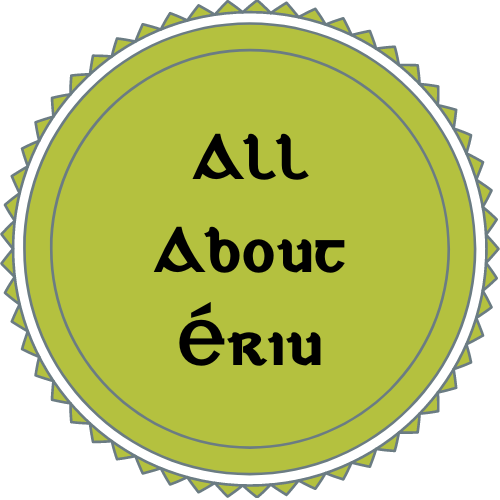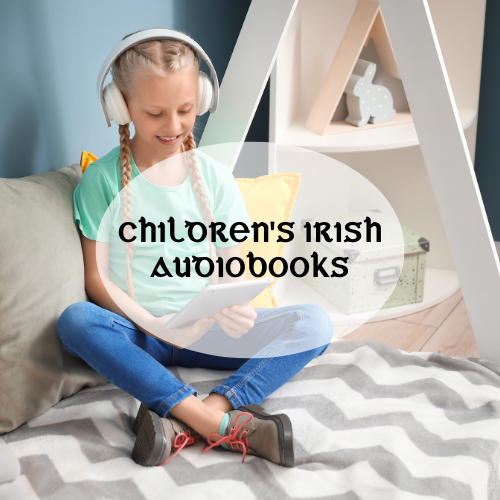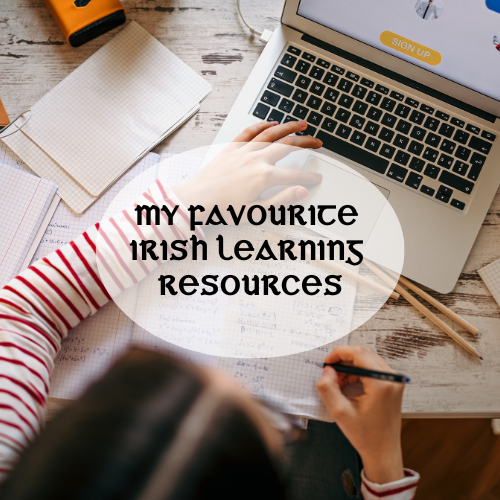Rediscovering Irish: My Journey, Challenges, and Success
My journey back to embracing the Irish language has been a bit of a roller coaster, filled with stops and starts. I always had a soft spot for Irish class during my school days, those stories in the textbooks still linger in my memory. But the truth was, no one in my family spoke Irish, and I wasn’t in an Irish-speaking community, so my interest in the language faded away when school came to an end.
It wasn’t until 2008, when I moved to Galway, that the Irish language found its way back into my life. Every now and then, I’d catch snippets of people conversing in Irish around the city, sparking a desire to learn it myself. I even enrolled in the Irish course at NUI Galway, but as I was also at the tail end of my main degree, I reluctantly put it on hold.
Over the next few years, my interest in Irish would ebb and flow. I’d occasionally buy a book on learning the language, but my progress remained sluggish. It wasn’t until I became a parent that a renewed sense of purpose emerged. Watching my son effortlessly absorb English ignited a yearning to introduce him to Irish as well, but I was somewhat adrift about where to start.
What I Found Hard About Starting To Learn Irish
Irish is no harder than any other language to learn. I think it is easy to dismiss it as hard to learn as the reason why it is not spoken more in Ireland. From my own experience and the experience of other learners I have spoken to the main difficulty comes from our reluctance to speak it until we are fluent. But we cannot achieve fluency without practice. And practice includes making mistakes.
The second obstacle on my Irish language journey wasn’t easy to overcome. This was the negativity I encountered from some people. When I first began speaking Irish at home with my son, my husband wasn’t thrilled about it. His negative experiences with Irish in school made him skeptical. However, his reluctance only fueled my determination to learn Irish and use it with our son. I wanted him to grow up experiencing Irish as a vibrant living language, not as a reminder of school struggles.
While I started using Irish within the comfort of my own home, it took me some time to use it in other settings. I vividly recall a visit to my parents’ house when my son was searching for me, and I told him in Irish that I was in the sitting room. A family member jokingly remarked, “Who does she think she is? Peig?” It was meant in jest, but such jokes and negative comments were things I encountered quite frequently. On another occasion, I mentioned to my neighbor that my son had just finished an Irish language summer camp, to which they responded with a chuckle, “Learning a foreign language?” Similarly, when I told another mother that we had attended a kids’ event in Irish, she made a dismissive sound upon hearing it was in Irish.
How I Started Speaking Irish Daily
Navigating the world of Irish language courses and resources can be a bit like searching for the perfect fit for your unique situation. Personally, my goal was to become proficient enough in Irish to pass it on to my son, which led me on a quest to find courses designed for parents. Currently, I’m using GaelscoilOnline.com, a platform tailored specifically for parents, along with Buntús Cainte and the Gaschaint book. I’ve shared the details of my experience with these resources in my linked article.

One common issue I encountered with many courses is that they inundate you with vocabulary and sentences that you might rarely use, if at all. For example, Duolingo, while useful for building vocabulary, didn’t seem practical for those of us eager to start speaking Irish immediately. What’s the point of knowing lots of words if you can’t string together sentences you actually need to use?
Another trend I noticed is that most courses tend to start with sections on interacting with people outside your immediate circle, like describing your family, hobbies, interests, or job. However, GaelscoilOnline.com and the Gaschaint book take a refreshingly different approach by providing phrases you’d use in your daily life. Buntús Cainte also focuses on typical family conversations, which I found quite helpful.

But beyond finding the right course and learning useful phrases, the most crucial step in speaking Irish every day is simply starting to speak it, even if it’s just one word a week. Overcoming the fear of making mistakes and dealing with occasional negativity can take time. I remember it took a while for me to feel comfortable speaking Irish in my own home, and even longer when I ventured out. I still haven’t mustered the courage to say “Go raibh maith agat” at a shop, and each time I hesitate, it serves as a reminder of the deep-seated shame and embarrassment associated with using Irish. After all, if we can’t use it in Ireland, where can we? But every day presents a new opportunity, and I’m determined to get there eventually.
How did I Get My Child To Speak Irish At Home?
Around the time my son turned four, I made the decision to teach him Irish, even though my own proficiency was quite limited at that point. I started gradually by reading Irish books to him, despite my less-than-stellar pronunciation, and often had to pause to look up word meanings. I introduced a few words to him, with “féileacán” (butterfly) and “sú oráiste” (orange juice) being among the first. In an early attempt, I thought I could encourage him to use Irish by only giving him orange juice if he asked for it in Irish. However, I quickly learned that this tactic doesn’t work with kids. He declared himself English because he spoke English, not Irish. So, I abandoned any pressure on him and focused on speaking Irish myself. When he asked for orange juice, I simply repeated the word in Irish and got it for him.
Fast forward a few years, and I still follow this method. Every morning, I give him commands like “wake up,” “get up,” “eat your porridge,” “get dressed,” and “brush your teeth,” and he understands all of these in Irish. In the car, I ask him if he has his seatbelt on, and he responds with “Tá” (yes) or “Níl” (no). He’s even starting to put sentences together himself. At night, he’ll say things he’s heard and ask me what they mean. We also enjoy having fun by saying silly things in Irish, which has become a nightly ritual. Just this morning, he said, “Teilifís? amach as an leaba!” which means “Television? Get out of bed.” While he usually doesn’t get to watch TV that early, he’s quickly realized that he can get away with more if he asks in Irish.
We still have a long way to go before he can speak full sentences fluently, but the key takeaway here is that if you want your child to speak Irish at home, you just have to speak it and speak it often.
Remember that learning and teaching a language like Irish is about persistence and daily practice. Embrace the challenges, whether it’s overcoming reluctance or dealing with negativity. Just start small, use resources that suit your needs, and speak Irish every day. Whether it’s for yourself or your child, you have the power to keep the language alive in your home. Slán go fóill! (Goodbye for now!)







